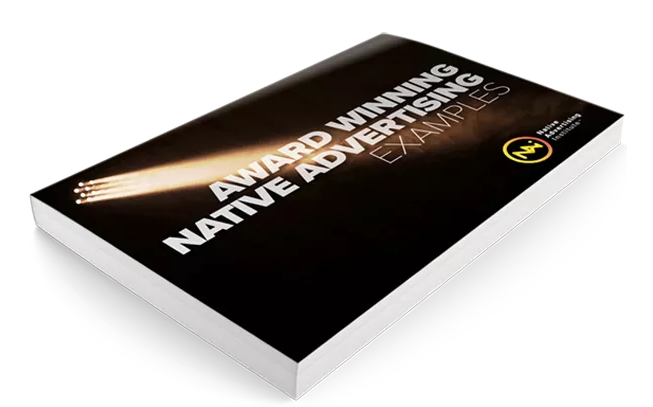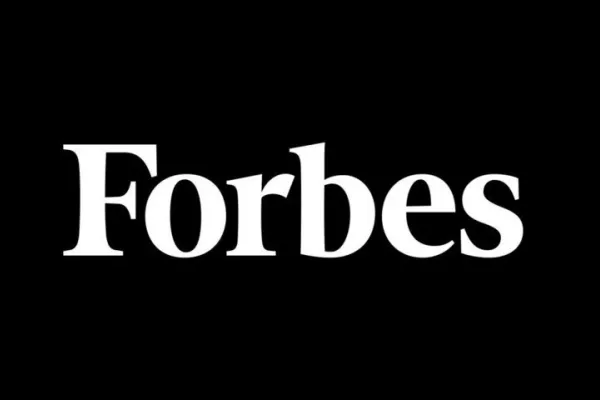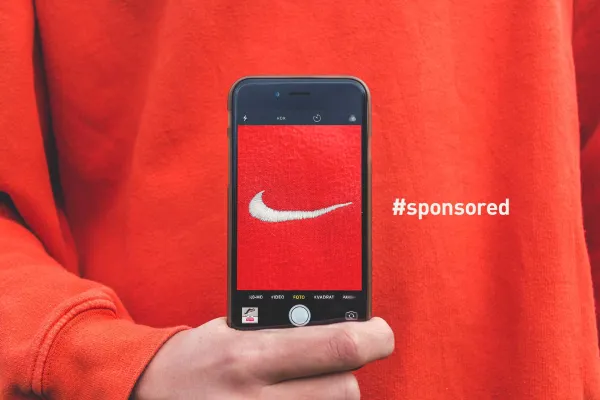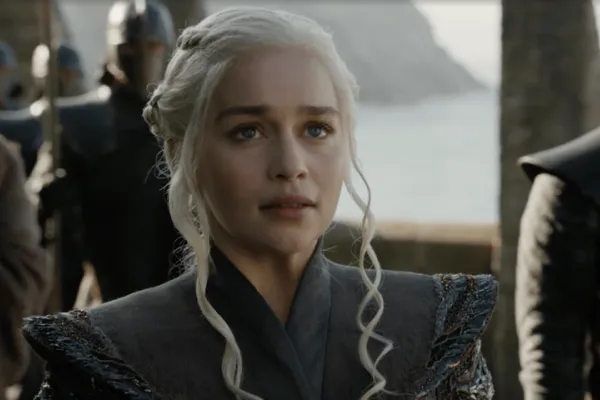
 Details
Details
When it comes to native advertising, it’s obvious that the goal is to blur the lines between content and ads as much as possible. That means that the best native advertising feels incredibly organic and still stands out enough to break the “marketing mold.”
Because of this delicate balance between ad and content, there’s a huge divide between success and failure in the native advertising world. So how do some brands receive a staggering view count on videos featuring such scintillating subjects like a melting block of ice? And what can you learn from these creative geniuses? Read on to see how Game of Thrones, Netflix and others have been rocking the video native advertising game this year.
HBO -- Game of Thrones
The hype around Game of Thrones is practically unavoidable, thanks to great native ads. HBO’s hit series Game of Thrones steadily gained popularity over the seasons, with the latest season averaging 25 million viewers per episode—an increase of 25 percent from the previous season. It is currently the most downloaded show globally and can be viewed in 170 countries.
Thrones’ powerful social media presence has greatly increased the buzz about both HBO and the show itself, initiating trending hashtags, mentions and posts. Video advertising for the show is alluring, captivating and utilizes characters and symbols that resonate with viewers. The hit series’ advertisements are successful because they are exciting and feature beautiful graphics and cinematography. Recognizable music, often the GOT theme song or music stylized after that track, is included to add to the allure.
Game of Thrones excels at video native advertising because their native advertising campaigns focus on building and maintaining their fan community. Some of their native ads even offer clues about plot or character development in upcoming episodes or seasons. Teasers and trailers entice viewers to watch by giving away clips and hints at upcoming acts and plot twists, creating cliffhangers :
The clips remind viewers of feelings from watching episodes and brings recent character development and other important GOT moments to the forefront of their minds.This type of Facebook paid-post engages fans because their advertising becomes an extension of the show itself.
In addition, their content marketing initiative focuses on the interactive by encouraging users to type a comment, play a game or share media. Hashtags are used repeatedly to encourage sharing on social media and to reinforce the brand. Live video on Facebook is tailored to the platform and encourages instant insight into the Game of Thrones world.
RELATED: Best Practices for Native Video
One particularly successful native advertising post promoted the premiere of Season 7 with a video of melting ice with fire, instructing users to comment “FIRE” to reveal the date of the season premiere. GOT actors are shown instructing viewers to comment. It’s reminiscent of facebook-giant Buzzfeed (remember the exploding watermelon live stream?). The Fire and Ice video received over 3 million views, 100,000 reactions, 429,000 comments and 15,000 shares. The adept combination of the various uses of native advertising on Facebook has expanded to other social media such as Twitter accompanied by trending hashtags.
Do you need further proof of the success of the show's campaign? It has lead to installation of a multitude of fan-created spin offs, like an Ice and Fire convention, fanfictions and pop-up bars. Clearly, the HBO drama series is extremely adept at engaging fans and inspiring them to act.
Taco Bell
Video native advertising doesn’t have to come in the form of typical video to be streamed on platforms like Facebook. Recently, brands have taken over the popular app Snapchat to target a younger consumer base. The disappearing, direct message feel of the app makes it the ideal place to garner engagement and encourage immediate interaction.
RELATED: Condé Nast Digital: Video is Included in 90% of the Pitch Work We Do
Sharing is made easy and the options are vast—brands can publish stories in the Discover section, publish ads integrated into the stories, use locations or create their own filters. These worthy investments are effective methods to increase reach and inform consumers about your brand and values. When executed correctly, you can create an interactive piece of advertising that seamlessly fits into the user experience of the app.
Take for example one of Snapchat’s most successful branded video filters: Taco Bell’s Cinco de Mayo Taco Face filter. Humorous and interactive, the filter turned the Snapchat’s user’s head into a Taco and had flames shoot out of their ears and mouth. This was wildly popular—what taco lover wouldn’t enjoy seeing themselves as a giant taco?
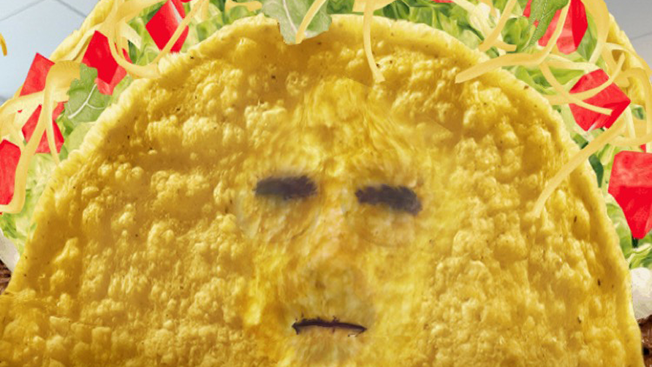
This video filter fits in perfectly with the Snapchat persona. It’s bold, funny and eye-catching. Meanwhile, it was released at a tentpole moment, bringing the wider audience of Cinco De Mayo Celebrators into the Taco Bell fan club. Other aspects that contributed to the success of the campaign were the iconic Taco Bell sound and the low key branding that didn’t overwhelm the Snapchat filter feeling. The animation and ability to move the taco with facial movements are fun, simple yet entertaining.
The stats say it all: the filter resulted in 224 million views in a single day, a Snapchat record. 24 seconds was the average amount of time that people played with the funny feature prior to sending it off and unique plays accounted for 12.5 years worth of play during that day.
Because this format of advertising is so expensive, filters such as this one are relatively rare. Therefore, brands must ensure that the filter is perfect to make a statement that’ll leave people talking and Snapchatting.
Rachael Ray Nutrish with Buzzfeed
Buzzfeed is another brand that repeatedly releases native advertising content on their website and elsewhere online. The media company publishes videos on various topics that often include enticing captions and titles that serve as click bait. They are relatable, unique, fun, funny and interesting.
The site is successful in producing viral content because they appeal to their audience’s emotions, providing small bites of entertainment for short attention spans that can be consumed in a few seconds or minutes. They act as fun distractions and videos to watch when bored. That’s why people flock to Buzzfeed to watch animal videos, especially ones with cute cats and dogs. It makes sense that Rachel Ray’s Nutrish brand would want to advertise to Buzzfeed’s audience.
RELATED: How BuzzFeed Created a Viral Facebook Campaign for Rachel Ray Nutrish
This native advertising piece for Rachael Ray Nutrish cat food shines; it challenges cat-haters to work in a cat cafe. As expected, the women grow fond of the animals and even decide to adopt. The video isn’t overly scripted or acted, but instead is a testament to the bonds between cats and owners. The brand promotes its values, most notably an emphasis on adopting rescue cats and pets as therapy for children with cancer.
The story feels authentic and emotional—and that makes an impact.
The story feels authentic and emotional—and that makes an impact. The six-minute piece garnered more than 2.7 million views on Facebook in just two months. The video appeals to a wide audience, including both cat lovers and haters. As with any publicity, the video achieved the feat of getting people talking—in 3,100 comments—on the social media site about changed opinions and a general love for cats.
Buzzfeed videos, especially this one, do not feel like advertisements for the brand. Branded cat food packaging is only shown for a few short moments over the course of the film and doesn’t overwhelm the video. 80% of Buzzfeed’s reach is outside of their website. Content tailored to integrate smoothly into other sites like Facebook has been extremely successful. Brands must understand the audience, tone and style to best fit each platform.
Budweiser
Budweiser excels at creating native advertising content. This short branded documentary is particularly successful—it is relevant, moving and inspiring. In honor of the Fourth of July, the company works to help families of fallen and injured veterans. This heartwarming short film tells the story of Budweiser and Folds of Honor partnering to provide a scholarship to nursing student Hayley, daughter of a veteran. Obviously, the timing of its release was a major component to success: the surge of patriotism on the Fourth of July in America surely bolstered its views.
Adam Driver, an actor well known for his role in Star Wars, is also a veteran and presents the letter to the grateful family. His appearance makes the family smile instantly and adds intrigue to the compelling story. Not many people associate actors with military service. This surprise makes people watch for longer.
Connect to your audience through your company culture, not your product.
Budweiser branding doesn’t overpower the story or message. Instead, it reinforces Budweiser’s company values and informs its customers what and who is important to them. The message is one everyone can get behind—supporting those who have served America. Budweiser shapes its brand on being an American institution - so the content and message completely align.
The video was distributed on Facebook, a site where inspirational videos with acts of kindness are extremely popular. For that reason, it blends in with organic, non-sponsored content. The takeaway: connect to your audience through your company culture, not your product. People want to buy into ideas, values and feelings especially love, kindness and compassion.
Red Bull
Red Bull is ranked as the number one content creator for the month of May on Tubular’s board.
Red Bull Media House produces repeatedly alluring content, often of daring feats or thrilling adventures. This video stands out in particular because it effectively uses 360-degree video to bring the adrenaline junkies the brand targets into an adventure experience. The viewer is drawn in by the gorgeous shots of the Austrian Alps. The scenery catches their eyes, but it’s the action that makes them stay. How many people get to jump off a plane? By thrilling their audience, they create a memory with the brand. On top of that, the video fits in with other adventure and travel videos that seem to dominate Facebook, encouraging users to try new things.
RELATED: 5 Examples of Successful Branded Video Content
Red Bull branding in the video is subtle, placed on the paraglider’s helmet, shirt and paraglide. The user doesn’t even have to look at these, though, as the 360 video allows the viewer to change the perspective and move around the scene to view from various points. With this all-inclusive style, as an experience creator, you are able to take your viewer into a new world. Red Bull really does that, swinging the viewer over the Alps to take you on an adventure. Brands can learn from this example and emulate this style to engage potential consumers further with captivating video that creates a one-of-a-kind experience.
It is important to note that many social media sites, especially Facebook, are making big changes to their algorithms to make their platforms more 360-degree friendly. That puts anyone with 360-degree content at an advantage, because Facebook will work with you to show off that video.
Lyft
Ride service Lyft takes a creative route with native advertising by surprising unassuming riders with undercover celebrity drivers. The videos feel real and natural and branding doesn’t overpower the fun trick. This series is varied by introducing different kinds of celebrities including bands and athletes.
Most recently, Lyft employed band DNCE to provide riders with a more interesting ride. The funny reactions from passengers are diverse and entertaining. These videos are effective because they attract a wide audience and don’t scream advertising.
This is successful native advertising because it is nondisruptive, unique and reminds the viewer of a TV show.
The perspective of the hidden camera makes the viewer feel like they are in the car along with the participants. Native advertising that includes individuals who don’t know they’re being filmed provides for more natural experiences (as opposed to acting). This is successful native advertising because it is nondisruptive, unique and reminds the viewer of a TV show, like James Corden’s Carpool Karaoke, a fun segment that is shared all over social media. The takeaway from this example is that Lyft analyzed and understood styles of video that perform well on Facebook and implemented these into their video marketing techniques.
Repeating the same video type to create a series piques interest in viewers and encourages loyalty to check out others—many of the undercover Lyft videos have well over a million views. Demi Lovato’s take from her trip to Denver last year exceeds eight million. Lyft clearly hit the nail on the head by creating content to go viral, all while seamlessly promoting the service. The series also impressed critics, leading to a Webby nominee for 2017 in the category of Branded Comedy for film & video.
Be sure to take risks to use innovative techniques to outshine competitors and for the potential to go viral.
These videos are all excellent models of native advertising. They are similar in the sense that they don’t feel like an advertisement, aren’t overpowered with branding or sales terms and contain content that integrates seamlessly with everything else on the platform. Each is unique, though, individually creative and persuasive. You should emulate these because they stand out from the masses of other branded content on the web. When employing native advertising in your video marketing strategy, be sure to take risks to use innovative techniques to outshine competitors and for the potential to go viral.
Be inspired – download ‘Award Winning Native Advertising Examples’
